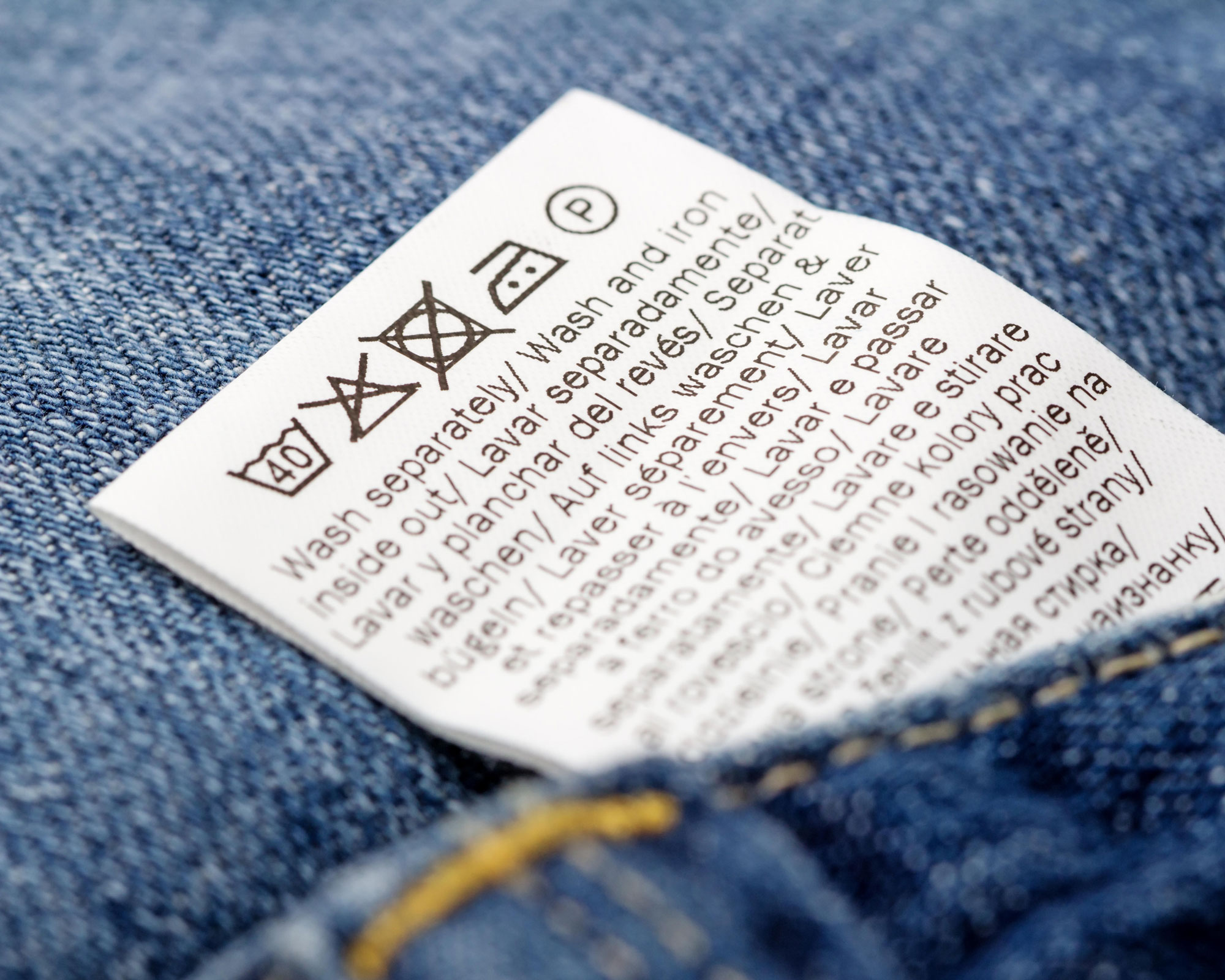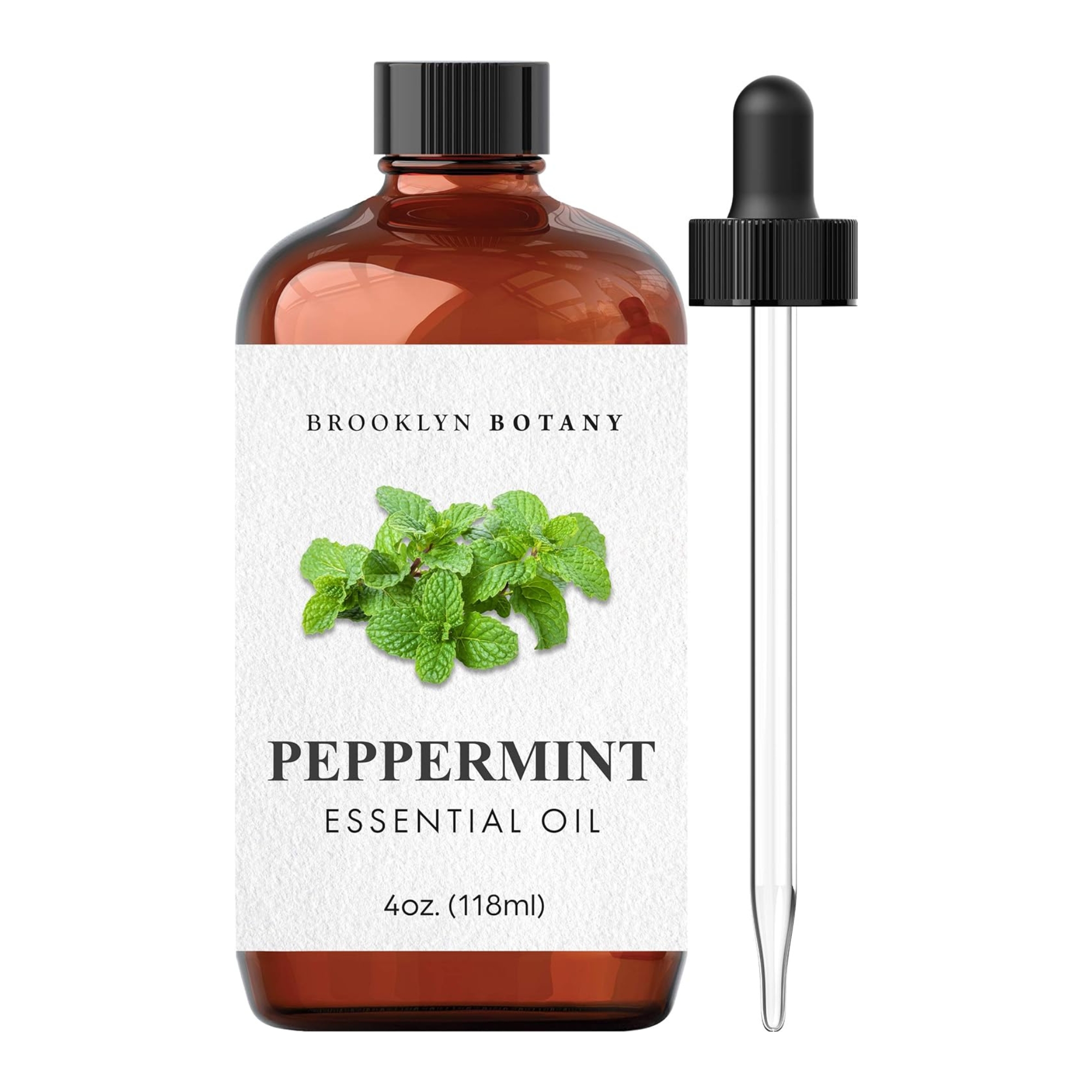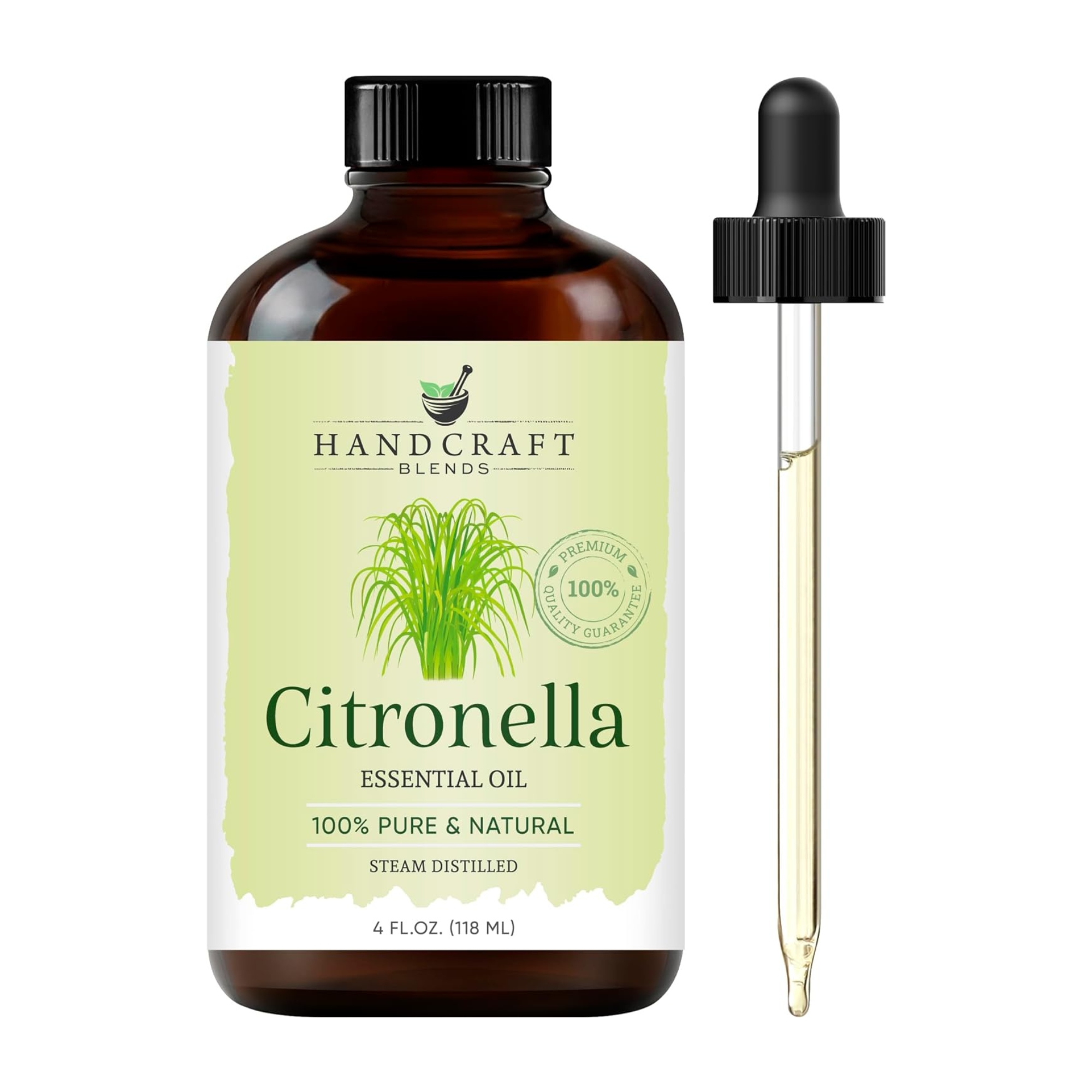
Known for its delicate, lightweight and breathable nature, viscose mimics the softness of natural fibers, making it a hugely popular material for our clothes and homes.
But keeping it in this state requires some knowledge and skill, as improper washing can easily cause viscose to shrink, lose its shape, or feel stiff. Our laundry experts reveal in this five-step guide the best methods for cleaning viscose while preserving its quality.
How to do laundry begins with understanding your fabrics. Whether it’s a viscose scarf, comforter, learn to wash this special fabric without ruining its famous softness.
Step 1: Check the label

Before washing any viscose item, check the care label. Some viscose fabrics are blended with other materials and may be machine washable, while others require hand-washing or dry cleaning to maintain their texture and fit.
Karina Toner, operations manager at Spekless Cleaning, says, 'Viscose can be delicate, and the label will guide you on whether it’s safe to wash at home or requires dry cleaning. You also want to pre-treat any stains prior to washing. Gently dab (don’t rub) them with a stain remover suitable for delicate fabrics, avoiding harsh chemicals.'
OxiClean Laundry Stain Remover Spray from Walmart is chlorine-free, color-safe and fast-acting. Always follow the care instructions for best results.
Step 2: Choose your wash method
The two most common and reliable methods for washing viscose are by hand or machine. Toner says, 'Hand washing is the safest approach. Fill a basin with lukewarm or cool water, and add a small amount of mild detergent designed for delicate fabrics.
'Submerge the viscose item and gently agitate it with your hands, swirling it in the water for about five minutes. Avoid scrubbing, wringing, or twisting the fabric, as viscose becomes weaker when wet.'
To finish, rinse the garment thoroughly with cool water until all detergent is removed.
If the care label indicates that machine washing is acceptable, use a gentle or delicate cycle. Place the viscose item in a mesh laundry bag to reduce friction with other garments, which can damage the fibers.
Toner recommends BAGAIL Mesh Laundry Bags, available from Walmart, which come in multiple sizes, and are suitable for both washer-dryers up to a heat of 140 degrees Fahrenheit.
Use cold water and a mild detergent, and avoid overloading the machine, as this can stretch or wrinkle the fabric. You can also drop in natural, essential oils — such as this Difeel Pure Essential Tea Tree Oil from Target — for a pleasant but not overpowering fragrance.
Salvador Villarreal, owner of dry cleaning specialists VIP Cleaners & Laundry, has more than 20 years' experience dealing with delicate fabrics. He says, 'To reduce wrinkles in viscose, spray it with a wrinkle releaser and refresher between washes. I'd also recommend dye-free detergents free of brighteners which damage viscose. Products with lanolin are great as they moisturize fibers during washing.'
Toner recommends Downy Crisp Linen Wrinkle Releaser from Walmart, which removes static and and comes with great reviews, as well as Eucalan Lavender Fine Fabric Wash from Amazon, which contains lanolin and is suitable for both hand and machine washing.
If in need of a machine, our guide to the best places to buy washer-dryers in 2024 will point you in the right direction.

Peppermint oil is a great choice to give your viscose that light lift. Sourced in India, this peppermint oil is natural and easy on fabrics — add a drop to your wash and enjoy the fresh scent.

Prefer something a little earthy? Eucalyptus oil has a bold, herbal smell that many find relaxing — ideal for those viscose garments or bedsheets, helping to keep your bedding fresh.

This 100% natural, pure Citronella is a great choice if you're looking for a bright and fresh smell in your laundry, cupboards and drawers. The lemony, grassy aroma comes with great reviews.
Step 3: Drying viscose
Viscose should never be wrung out or tumble-dried, as it can easily lose its shape or shrink.
Toner says, 'After washing, gently press the fabric between clean towels to remove excess water. Don’t twist or wring the fabric, as this can cause damage. Lay the item flat on a clean, dry towel. Reshape it to its original form, and avoid direct sunlight or heat, as this can cause shrinkage, stiffness or fading.'
Toner recommends this Leifheit Pegasus V 190 extendable Bathtub Dryer from Amazon, saying, 'This sturdy drying rack offers plenty of space to lay viscose items to dry, preventing shrinkage and maintaining shape.'
Our guides for how to dry clothes at home and how to dry a weighted blanket are full of handy tips to keep your material in great condition.
Villarreal adds, 'Fluff items in the dryer, then air dry completely. Viscose fabric should never be tumbled dry as the heat will cause damage.'
Step 4: Ironing viscose
Viscose wrinkles easily, so ironing may be necessary. To prevent scorching or shiny marks, turn the garment inside out and use a low heat setting.
For best results, press the fabric while it is still slightly damp, or use a steamer to smooth out wrinkles without direct heat.
Toner recommends the Pure Enrichment PureSteam Portable Fabric Steamer from Amazon, which is lightweight, easy-to-use and safe on viscose.
Step 5: Adapting to different fabrics
Viscose is often used in different types of garments and home textiles, each with its own care considerations.
- Clothing: For viscose dresses, blouses, or skirts, hand-washing is usually best. If machine-washing is allowed, use a delicate cycle and take care to reshape the garment while drying.
- Scarves and Accessories: Hand-wash delicate viscose accessories in cool water, and lay flat to dry. Avoid ironing unless necessary, and always use a protective cloth between the iron and fabric.
- Curtains: Viscose curtains should be hand-washed or dry-cleaned, depending on the care label. If hand-washing, use cool water and avoid stretching the fabric while wet. Toner says, 'Remove the curtains and shake them out to remove dust. Hand wash in a bathtub or large basin with cold water and mild detergent. Curtains are often large and can be cumbersome, so be patient. Avoid wringing; let them drip-dry on a shower rod or drying rack.'
- Bedding or Blankets: Viscose bedding may be machine-washed on a delicate cycle with cool water, but take care not to overload the machine, as this can cause the fabric to stretch. Always air dry.
FAQs
Does viscose shrink when washed?
Yes, viscose can shrink when washed, particularly if exposed to heat. Toner says, 'Always wash in cold water. We also don’t recommend tumble drying viscose pieces, as the heat can cause shrinkage and damage. Air drying is best.'
Can you bleach viscose?
No, you should never bleach viscose. Bleach can weaken and damage the fibers, leading to discoloration and breakdown of the fabric. Stick to mild detergents designed for delicate fabrics.
Why does viscose feel stiff after washing?
Viscose can become stiff if it is not washed and dried properly. Air drying in a stretched position, exposure to heat, or the use of fabric softeners can all cause stiffness.
Toner says, 'If viscose dries too quickly or is exposed to heat, it can become stiff. To soften, steam the item lightly.'
How can you soften viscose after washing?
To soften viscose after washing, you can lightly steam the fabric or iron it on a low setting while it’s still damp. Avoid using fabric softener, as this can coat the fibers and cause stiffness.
So there you have it — how to wash viscose in five simple steps. With proper care, viscose will remain soft, breathable, and comfortable, ensuring your garments look and feel great for years to come.
Next, check out our guide on how to wash towels — the right way.







